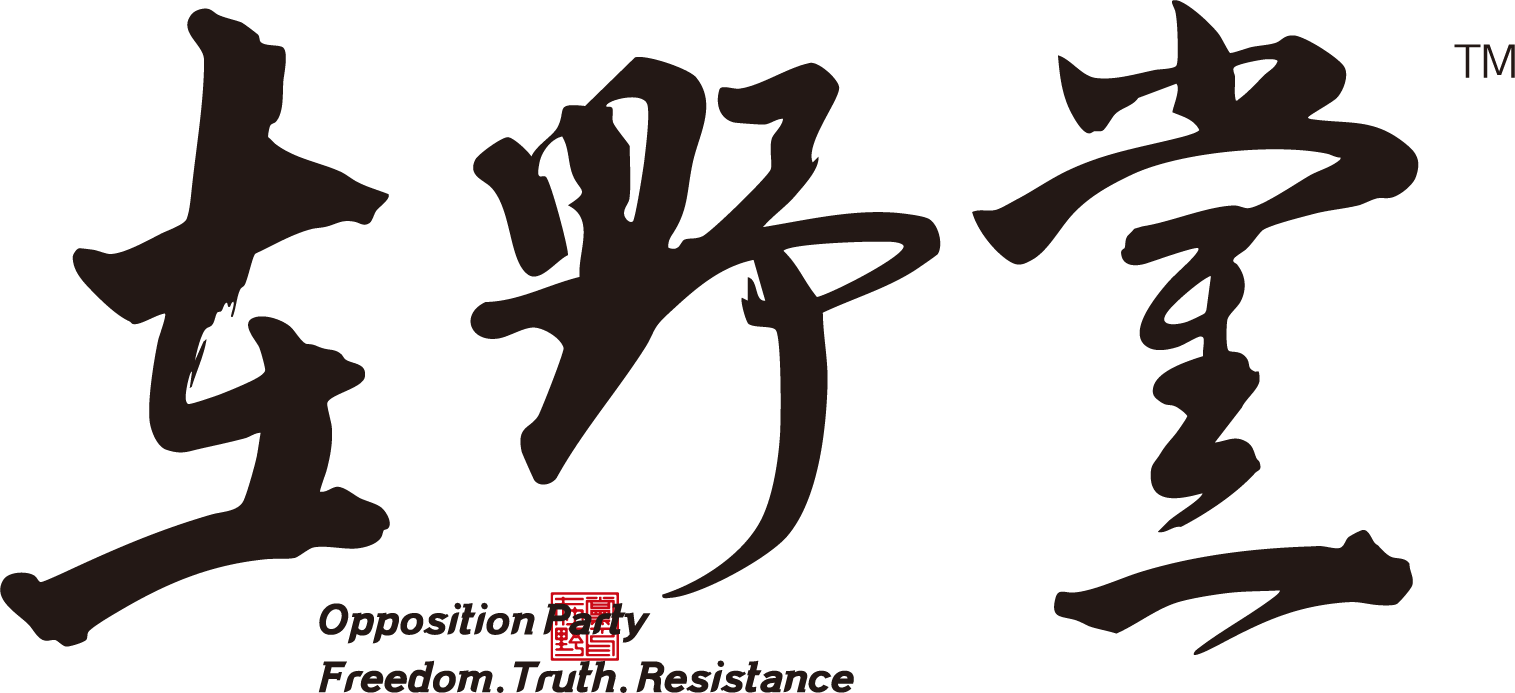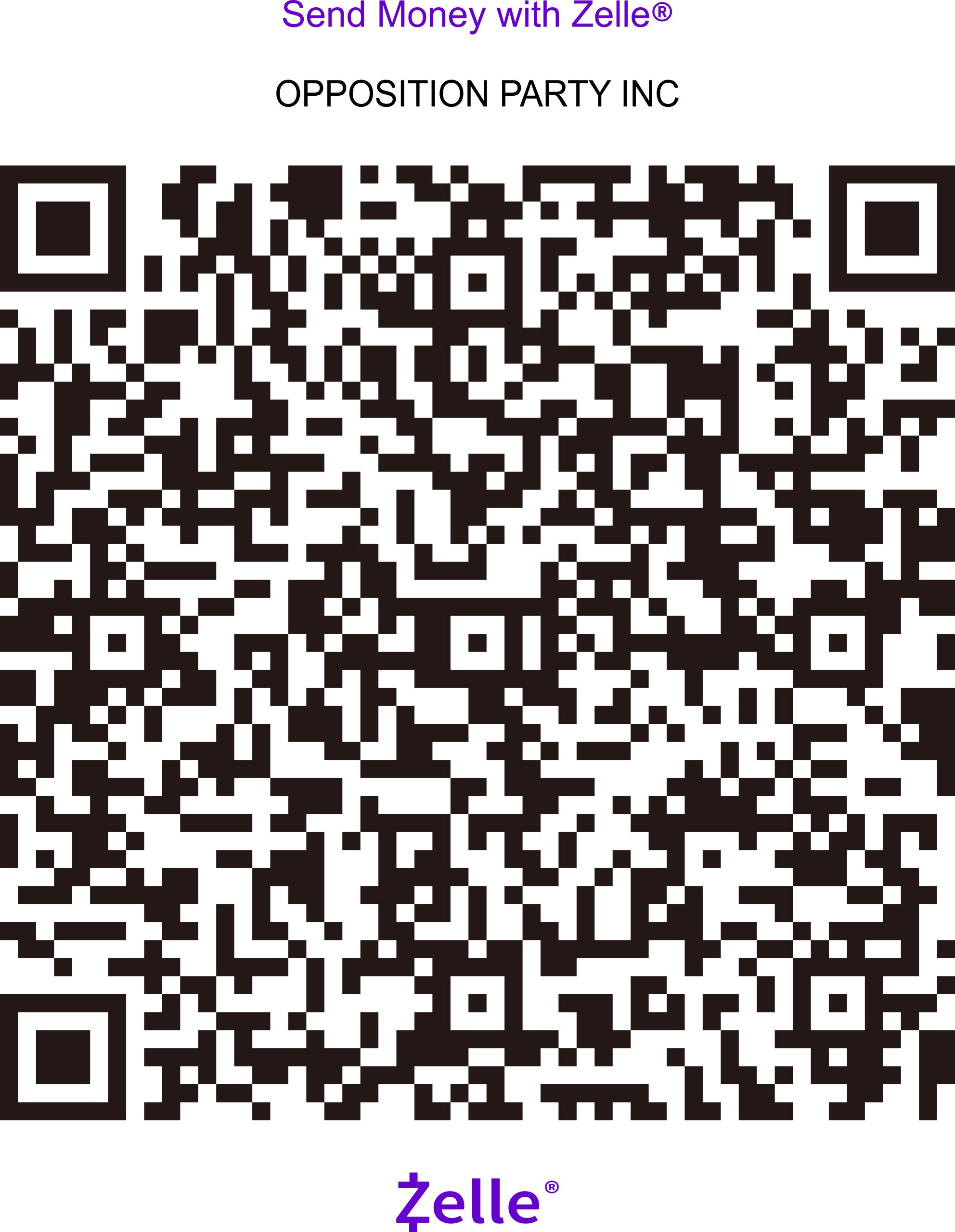作者:华言
编辑:邢文娟 责任编辑:胡丽莉 校对:程筱筱 翻译:彭小梅
极权统治需要一个高度原子化的社会,在这种社会中,个体像“原子”一样彼此孤立,缺乏家庭、社区和宗教联结,无法形成凝聚力或组织化的力量。宗教作为一种精神纽带,能够把独立的个体连接起来,凝聚出一股强大的集体意志,可以向极权统治说不,因而被极权视为潜在威协。宗教提供了一种独立于体制之外的精神秩序和价值体系——这看似独立,实则互为秩序,共同构成了极权对宗教自由的根本恐惧。
正因为宗教具有这种凝聚人心、连接个体的力量,它才成为极权统治最忌惮的对象。要削弱宗教的影响,极权往往会反向塑造一种彻底去联结、去信仰的社会形态——这正是“原子化社会”。
那么什么是“原子化”社会?简单说,就是把每一个个体从一切横向的、自主的、基于信任的共同体中剥离出来,使之成为孤立、无援、只能仰赖国家权力的“原子”。在这样的社会里,没有家庭的忠诚、没有邻里的互助、没有教会的团契、没有社团的协作——只有个人与国家的直接对峙,而个人永远是弱者。
宗教天然就是原子化的死敌。教堂、清真寺、寺庙、会堂,不是冰冷的行政单位,而是活生生的共同体。信徒在这里彼此称呼弟兄姊妹,分享喜悦、分担苦难,建立起超越血缘、地缘、阶层的纽带。这种纽带一旦成型,国家就无法再对个体实施“一对一”的全面控制。
为什么极权如此恐惧这些共同体?因为原子化的社会才是极权最肥沃的土壤。只有当个体被剥夺了所有中间归属,他才会把国家当作唯一的“大家庭”、把领袖当作唯一的“父亲”。极权要的不是公民,是没有尊严的臣民,每个人都是可任意揉捏的“螺丝钉”。宗教自由所孕育的共同体,恰好是这种臣民化工程的最大障碍。
为了破除宗教所带来的障碍,极权统治需要一种统治技术,极权主义就是一种理想的治理技术,它更是一种世俗宗教。它有自己的原罪(阶级敌人、种族劣等)、救赎(革命、种族净化)、末世论(共产主义乌托邦、千年帝国)、圣礼(批斗会、纽伦堡大会)、殉道者。它需要信徒的狂热、献祭,甚至自杀式忠诚。
极权主义许诺的“地上之城”永远无法兑现:斯大林的“新苏联人”最终只是饥荒与古拉格;希特勒的“千年帝国”十二年就崩塌;中共极权政权许诺的“共同富裕”与“民族复兴”,仍在监控摄像头与铁丝网的阴影下挣扎。宗教提供的是一种“垂直的希望”:它不许诺消灭苦难,而是赋予苦难以意义;它不许诺地上天堂,而是指向天上之城。这种希望的韧性,是任何极权乌托邦都无法复制的。
极权最害怕的,是宗教在“意义生产”上的垄断被打破。极权需要你相信“历史终结于我们的主义”,但宗教告诉你:“历史在上帝手中。”极权需要你为领袖的画像下跪,但宗教说:“除了上帝,任何偶像都是假的。”这种意识形态的正面交锋,极权从未赢过。
更致命的是,宗教的普世性天然反极权。极权靠“敌我划分”存活:敌人是阶级敌人、种族敌人、文明敌人。基督教说“爱你的仇敌”,佛教讲“无缘大慈,同体大悲”。这些教义直接瓦解了极权赖以维系的社会张力。1989年东欧剧变,莱比锡的尼古拉教堂每周一晚上的和平祈祷,吸引了从朋克到老党员的各色人等——这就是普世宗教对极权“敌人政治”的釜底抽薪。
结语
极权之所以害怕宗教自由,不是因为宗教本身威胁到公共安全,而是因为宗教自由照见了极权的虚伪与脆弱,它揭示了极权对个体原子化的渴望,也动摇了其在精神领域的垄断地位,在极权体系下,宗教可以“被容忍”,但必须被阉割,被控制,成为宣传“信仰自由”的工具,并非真正承认人的信仰权利与内心自由。
捍卫宗教自由,不是为了维护某种教义,而是为了每一个人都能免于被强制统一;不是因为神学高于世俗,而是因为信仰提供了抵御极权的最后庇护所;不是为了宗教本身,而是为了反抗被割断连接的人,能重新找到共同体,获得尊重
Why Totalitarian Regimes Fear Religious Freedom
Author: Hua Yan
Editor: Xing Wenjuan Executive Editor: Hu Lili Proofreader: Cheng Xiaoxiao Translated: Xiaomei Peng
Abstract:Totalitarian regimes rely on the “atomization” of society to weaken connections among individuals. Religion, with its spiritual power and organizational coherence, threatens this model and is therefore tightly controlled. Religious freedom is feared because it sparks individual conviction and the courage to resist power—shaking the very foundations of totalitarian rule.
A totalitarian regime requires a highly atomized society—one in which individuals exist like isolated “atoms,” cut off from family, community, and religion, unable to form cohesion or organized power. Religion, as a spiritual bond, connects independent individuals and forges a powerful collective will capable of saying “no” to totalitarian power. Thus, it is treated as an inherent threat. Religion offers a moral and spiritual order independent of the political system—it appears separate yet fundamentally challenges the totalitarian order. This is the core reason totalitarian regimes fear religious freedom.
Precisely because religion has the power to gather hearts and link individuals, it becomes the most dreaded obstacle to totalitarian rule. To undermine religion’s influence, totalitarian systems seek to construct the opposite kind of society: one stripped of connection and stripped of faith—an atomized society.
So what exactly is an “atomized” society? Simply put, it removes every person from all horizontal, trust-based, autonomous communities, turning them into isolated, helpless “atoms” who can only rely on state power. In such a society, there is no family loyalty, no neighborhood mutual aid, no fellowship in churches or temples, no civil associations—only the isolated individual facing the state. And the individual is always weak.
Religion is the natural enemy of atomization. Churches, mosques, temples, synagogues—these are not cold administrative units but living communities. Believers call each other brothers and sisters, share joy and bear suffering, and form bonds that surpass blood, geography, and class. Once such bonds are formed, the state can no longer impose total “one-on-one” control over individuals.
Why does totalitarianism fear these communities so much? Because an atomized society is the most fertile soil for totalitarian rule. Only when individuals lose all intermediate affiliations will they see the state as their only “family,” and the leader as their only “father.” A totalitarian regime does not want citizens—it wants subjects devoid of dignity, each a malleable “screw” in its machinery. The communities created by religious freedom are the greatest obstacle to this project of turning people into obedient subjects.
To overcome the obstacles posed by religion, totalitarian regimes employ a specific technology of rule. Totalitarianism itself is a kind of secular religion. It has its own doctrine of original sin (class enemies, inferior races), its own redemption (revolution, racial purification), its own eschatology (communist utopia, thousand-year empire), its sacraments (struggle sessions, Nuremberg rallies), and its martyrs. It demands fanatic devotion, sacrifice, and even suicidal loyalty from its followers.
Yet the earthly utopias promised by totalitarianism never come true. Stalin’s “New Soviet Man” ended in famine and gulags; Hitler’s “Thousand-Year Reich” collapsed in twelve years; the CCP’s promises of “common prosperity” and “national rejuvenation” are still trapped under the shadows of surveillance cameras and barbed wire. Religion, by contrast, offers a “vertical hope”: it does not promise the elimination of suffering but gives suffering meaning; it does not promise heaven on earth but points toward a heavenly city. The resilience of this hope is something no totalitarian utopia can replicate.
What totalitarian regimes fear most is the loss of their monopoly over the production of meaning. Totalitarianism needs you to believe that “history ends with our ideology,” but religion tells you, “History is in God’s hands.” Totalitarianism needs you to kneel before the leader’s portrait, but religion says, “All idols are false before God.” In this direct ideological confrontation, totalitarianism has never been the victor.
Even more threatening is the universalism inherent in religion, which is naturally anti-totalitarian. Totalitarianism depends on dividing the world into enemies—class enemies, racial enemies, civilizational enemies. Christianity teaches “love your enemies”; Buddhism teaches compassion for all sentient beings. These teachings directly dissolve the tension upon which totalitarian rule depends. During the 1989 democratic revolutions in Eastern Europe, Leipzig’s St. Nicholas Church gathered punks and old Party members alike for Monday peace prayers—an act that pulled the rug from under totalitarian “enemy politics.”
Conclusion
Totalitarian regimes fear religious freedom not because religion threatens public safety, but because religious freedom exposes the hypocrisy and fragility of totalitarian power. It reveals the regime’s dependence on atomizing individuals and shakes its monopoly over the spiritual realm. Under totalitarianism, religion may be “tolerated,” but only in a mutilated, controlled form—used as a prop to claim, “freedom of belief,” rather than a genuine acknowledgment of human dignity and inner freedom.
To defend religious freedom is not to privilege one doctrine over another. It is to ensure that no person is forced into ideological uniformity; not because theology is above the secular, but because faith provides the final sanctuary against totalitarian domination; not for religion’s sake, but so that those whose connections have been severed can rebuild community and regain dignity.
。


张宇-中国新的文字狱时代-rId7-1916X1440.jpeg?w=218&resize=218,150&ssl=1)
张宇-rId5-1269X686.png?w=218&resize=218,150&ssl=1)


